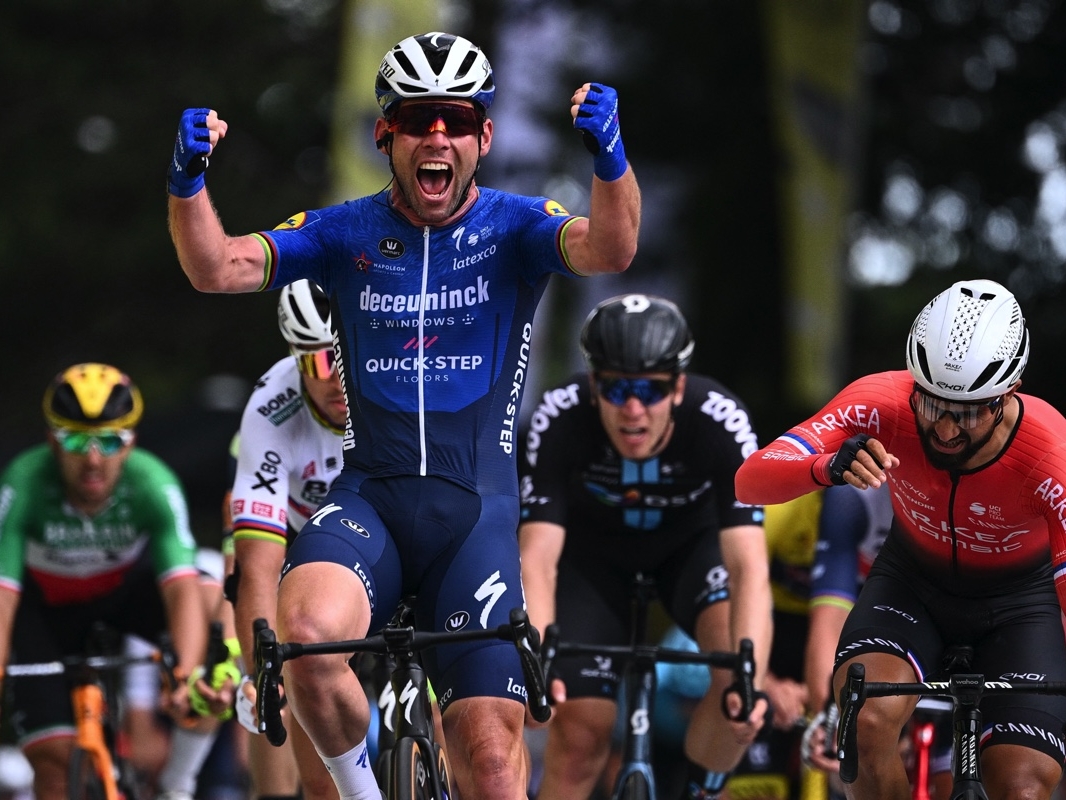Want to Win, Better Sprint
Key guidelines to optimize sprinting through tactics and technique
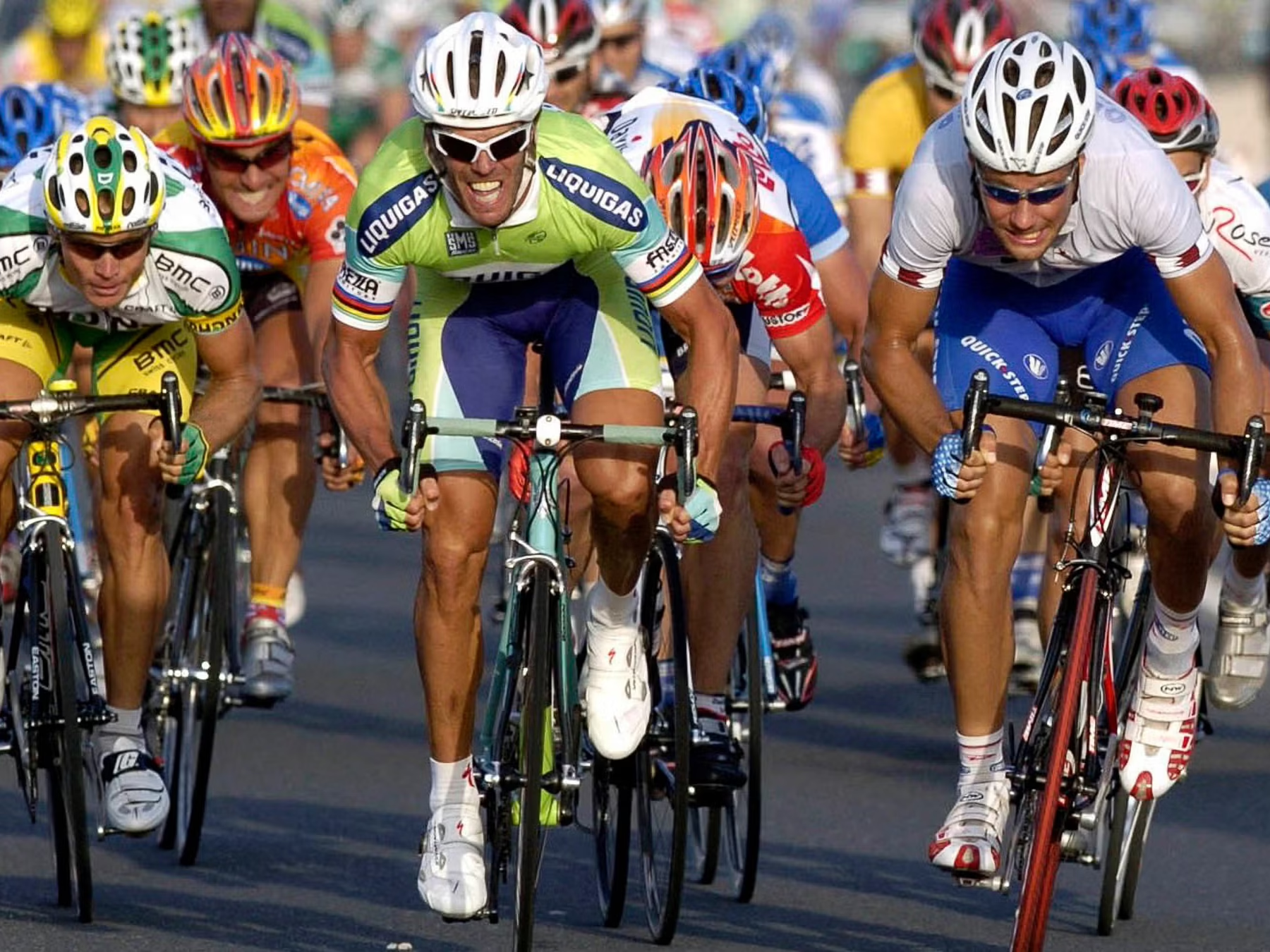
Visualize
Use your past experience to get a strong image of what might happen. For big races start visualizing months in advance by seeing just a few seconds of your “movie.” As the race draws near, the movie becames more and more a full-length feature, starring “you”, of course.
Visualize sprints in slow motion, which means that you have time to assess what’s going on around you and make sound decisions. Practice to have superb spatial awareness so you can time and spread your efforts perfectly.
Get to know your competition ... and yourself
Study your opponents’ habits or style. Knowing people’s strengths and weaknesses is very important to being able to beat them. Does someone win by sheer power or by tactical savvy? Are they predictable or do they constantly surprise you? What support do they have from their team?
Five-second peak power is a measure that coaches use to establish sprint potential together with low frontal area put off by physical contact in the sprints. As speed increases, drag goes up exponentially, and a low position creates less drag than other riders, which accounts for the high absolute speed achieved in a sprint.
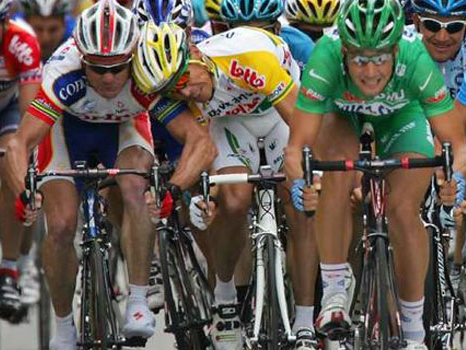
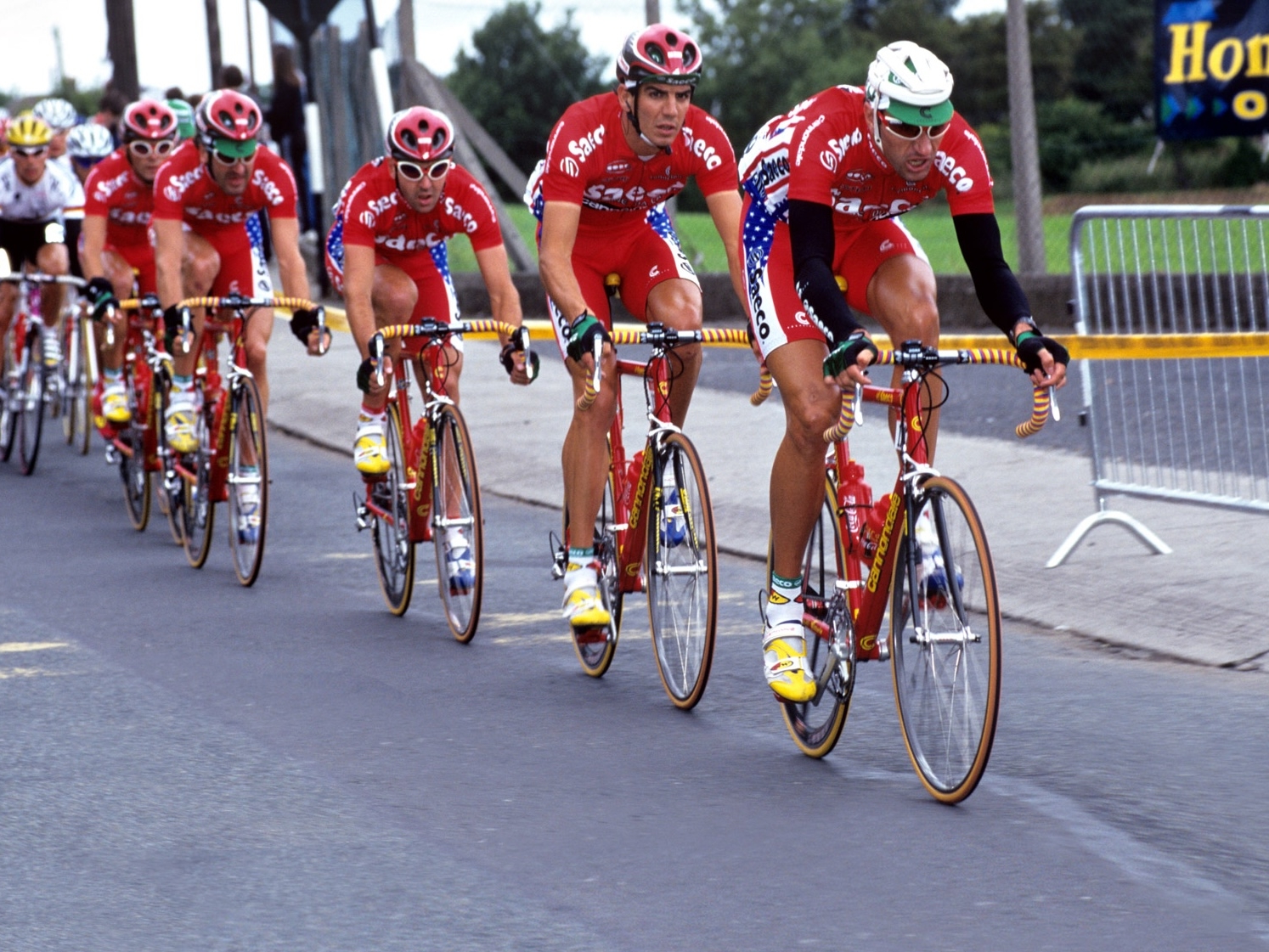
Plan your team or individual strategy ahead of time
Going into a race with a solid strategy is necessary if you are going to come out on top. This doesn’t mean you know or can control the entire race, but planning moves based on past experience and knowledge of the competition will give you an edge. If strong teams are present and you know their patterns, you can take advantage of them. Some courses are difficult enough to break up the race, but most races in America are broken up by tactics, luck or crashes.
Having a plan prepares you for any eventuality and puts you in the driver’s seat.
Break down races into their constituent parts. Always know what is required. Think outside the box, by playing mind games making rivals believe you are going to do “this” and then you do “that”.
Modify your plan as the race progresses
Even the best laid plans need to be altered as the race unfolds. Communicate with your teammates, evaluate your progress and assess the race periodically. If your “sure-fire” strategy falls apart, you still have a chance for glory if you can think fast and react to the ever-changing events of the race.
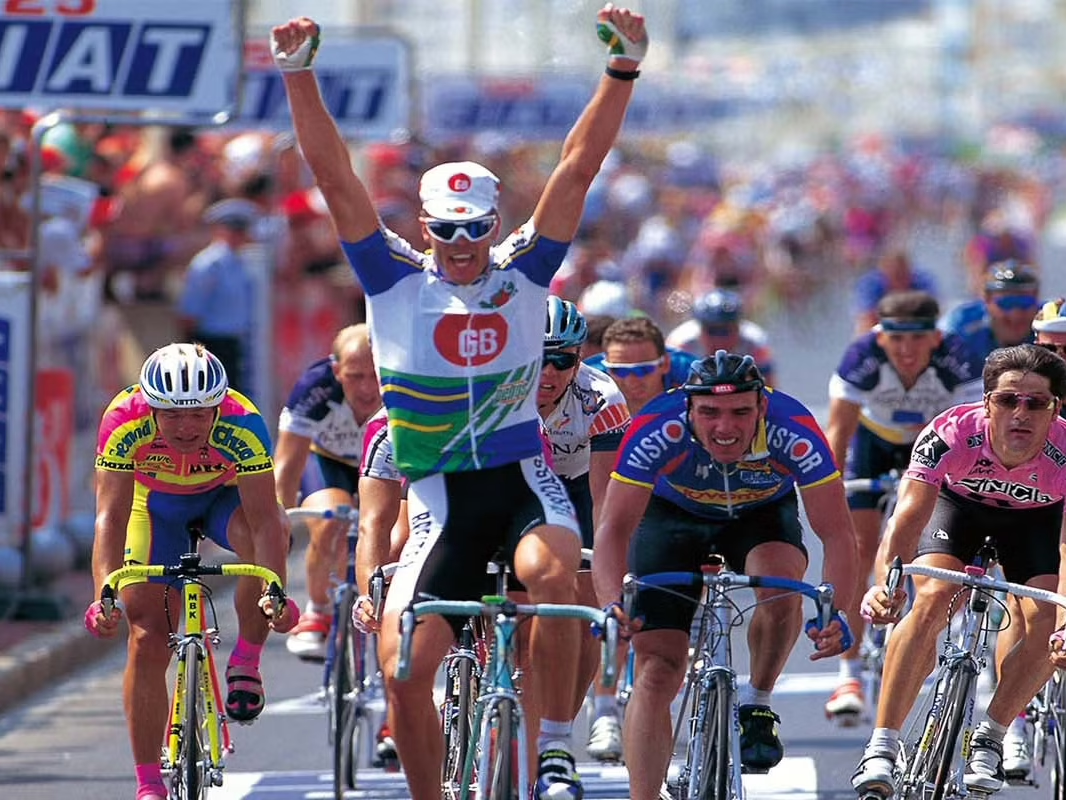
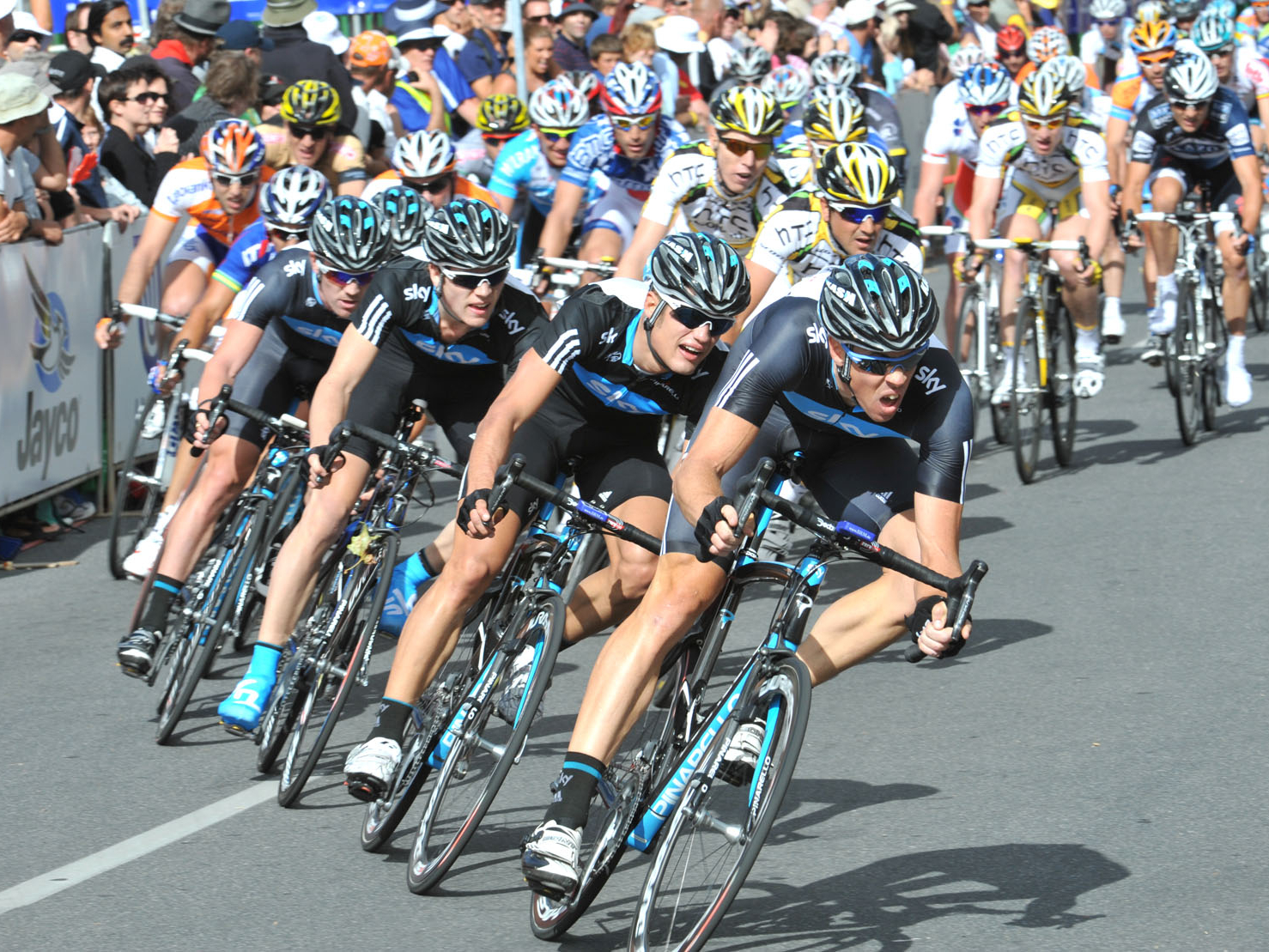
Practice and perfect your cornering lines throughout the race
Practice during the race! In criteriums, you have the opportunity to fly through the finish many times – when primes are offered or the race is heating up with attacks – get a feel for what it will take to win the race. Try different lines through the turns; try going early or waiting until late. Find the best places to move up, both when the pack is going fast and is stringing out and also when it is bunched up and slower. By the final lap, you should have a sense for what will work.
Natural talent means very little without the desire to work to perfect it, and the physical constitution to support that work. Strive to become a superb bike handler who moves well in the peloton, pedals beautifully and rides in a way that helps absorb knocks and not be put off by physical contact in the sprints
Plan your finishing move
Whether it’s a road race where you have only seen the finish on a course map, or a criterium where you have practiced the finish many times during the race, give yourself some cues to know when to go.
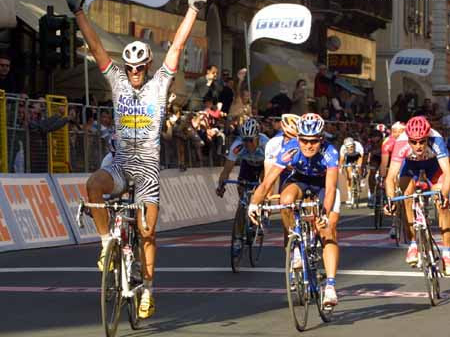
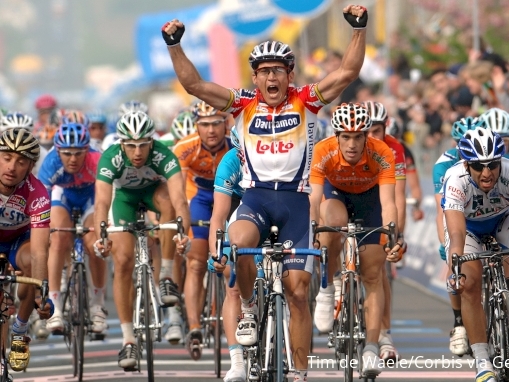
Don't spend all your energy staying on or getting to the front
It is extremely taxing to try to stay in the front third of the field, let’s say from 10th to 30th place, because that’s where everyone wants to be. Toward the end of the race, either try to stay in the top 10 (often with the help of a teammate), or sit back and wait to move up to the front with two to three miles remaining.
It requires skill and momentum to ride up to the front late in the race. When done right, it need not be an exhausting effort. Use other riders’ drafts or their inconsistent cornering to move up quickly. Tagging on to another fast-moving rider is a great advantage, too, but it’s always a good idea to stay close to the riders you’re passing – that way you don’t lose the draft created by the group. Cut to the inside on turns if your cornering ability allows it, because the outside tends to shut down, and you get an accordion effect that might leave you further behind than ahead.
Focus
Focus is so intense in a sprint that time literally slows down, despite the frenetic pace and commotion of the field. A top sprinter has to think on his feet and weigh many options. Control of your mind gives you control of your body. When you focus, you clear your mind of nonessential thoughts. This is the Zen of sprinting

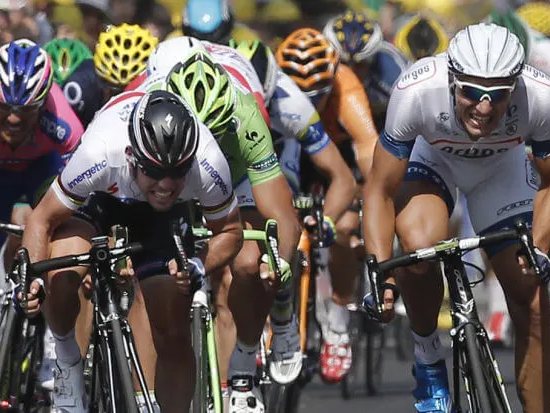
Commit 100 percent when the time comes
Watch track sprinters in the last 200 meters to learn a lesson in commitment. When they go, they give at least 110 percent. Many road riders have a difficult time committing to a sprint, because they have the attitude that there will always be another chance. There are no second chances!
Sprint through the line
The worst way to lose is by easing off too early when you are ahead and then getting beat to the line. Never assume victory until you get through the line. Practicing a good bike throw can’t hurt. Always remember – in sprinting, it all comes down to the line, So be sure to go all the way.

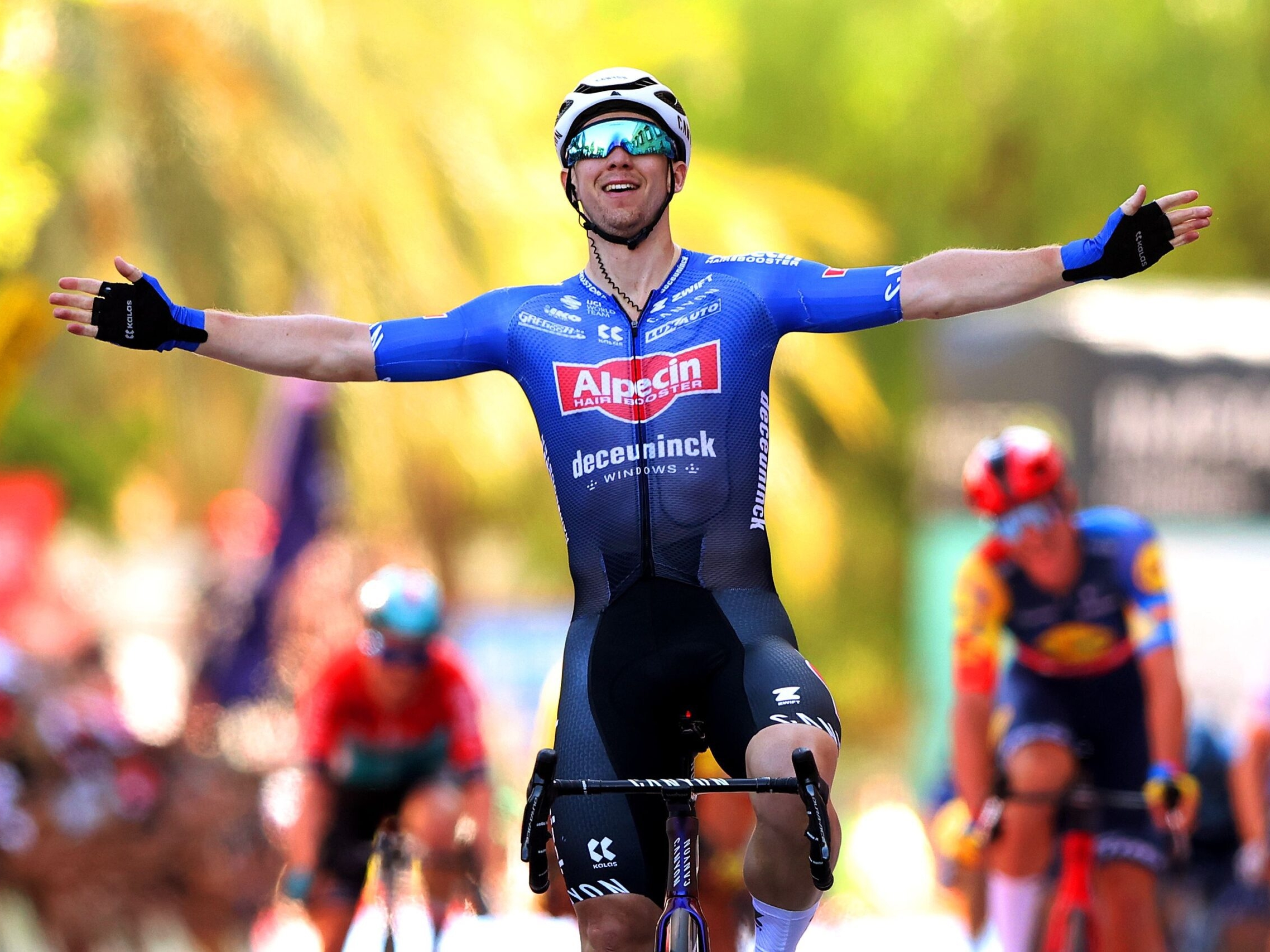
Technique, form and aerodynamics of sprinting
HEADS UP
Sprinting with your head down is an absolute no-no on the track. Not just for safety but helmets aren’t designed to work going full on into the wind. They are shaped to be aerodynamic with your face looking forward. That way the air flows through and over them. If they are full on they just collect air and create loads of extra drag. Sprint with your head up.
SMALL IS BEAUTIFUL
Smaller creates less drag. Get your upper body low, with chest close to the bike’s top tube, reducing drag further. Have a flat back to smooth out the air-flow over it. Also, for side-winds, close the gap between upper body and legs reduces dirty air flow in that area.
HEAD TO HEAD
Having your head sticking up above your torso, not only creates unnecessary drag but it also upsets the flow of air all down your back.
Technique, form and aerodynamics of sprinting (cont.)
ELBOW ROOM
Have upper body and arms not held rigid makes it easy to change direction quickly and absorb knocks. It doesn’t happen on the track because of the short distance, but road sprinters tend to tense up when they get tired. Make sure not to do this.
WHAT A DRAG
When reviewing your body position, make sure to NOT point your feet downwards through the pedal stroke, which increases drag from them and also makes you taller on the bike. This with a head-up position means you have to produce a lot more power to go the same speed as others. Having an upper body angled quite high collects air in the gap between the body and legs. All together making a less efficient position, thus requirement more power for the same outcome.
